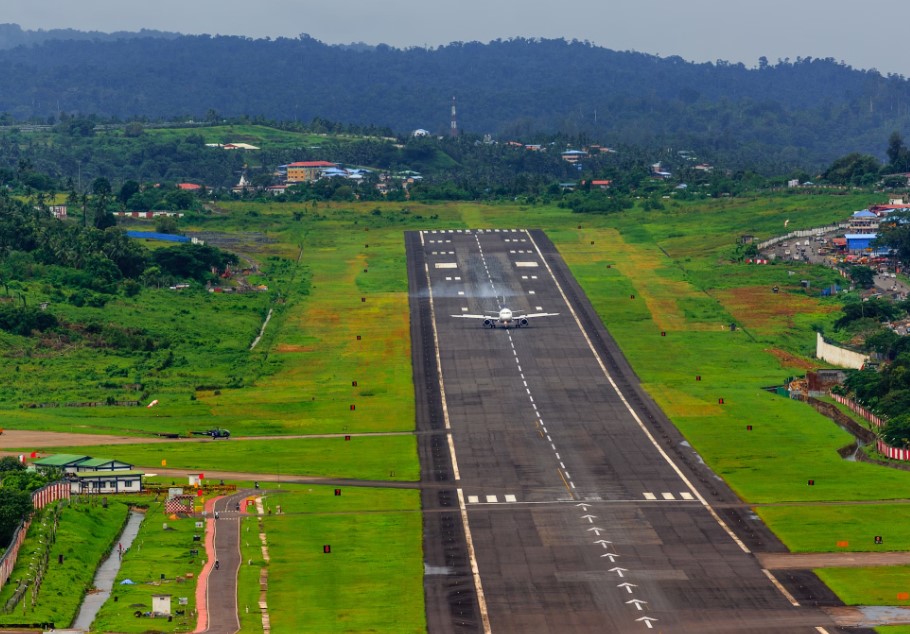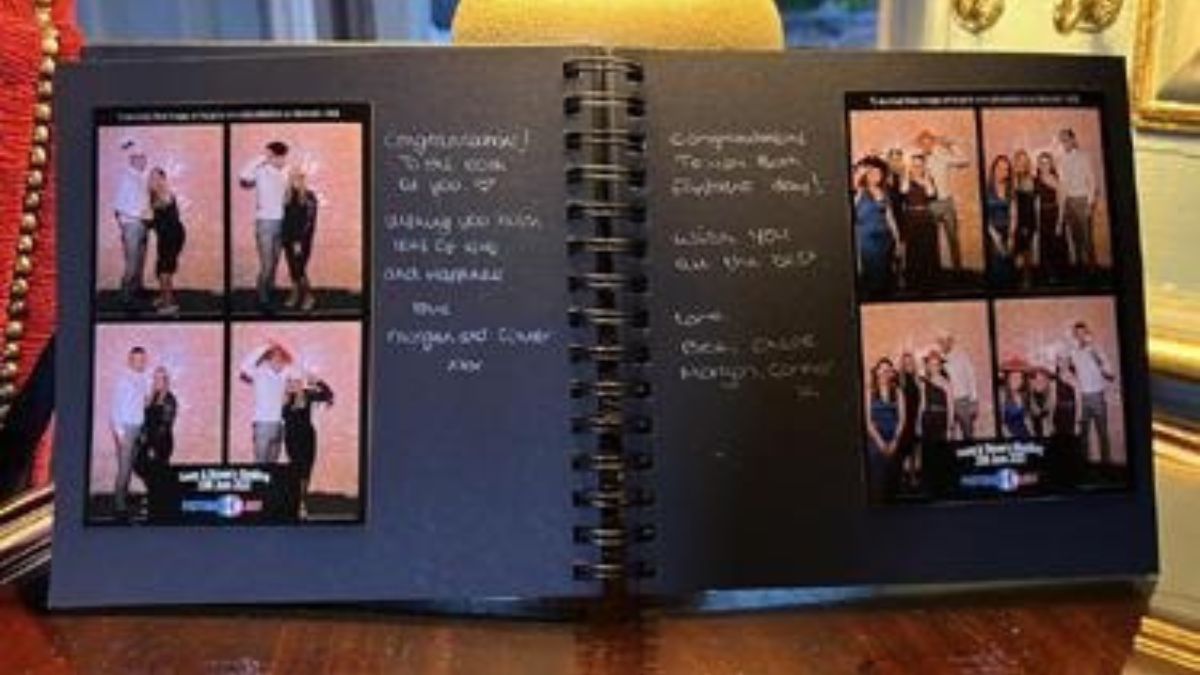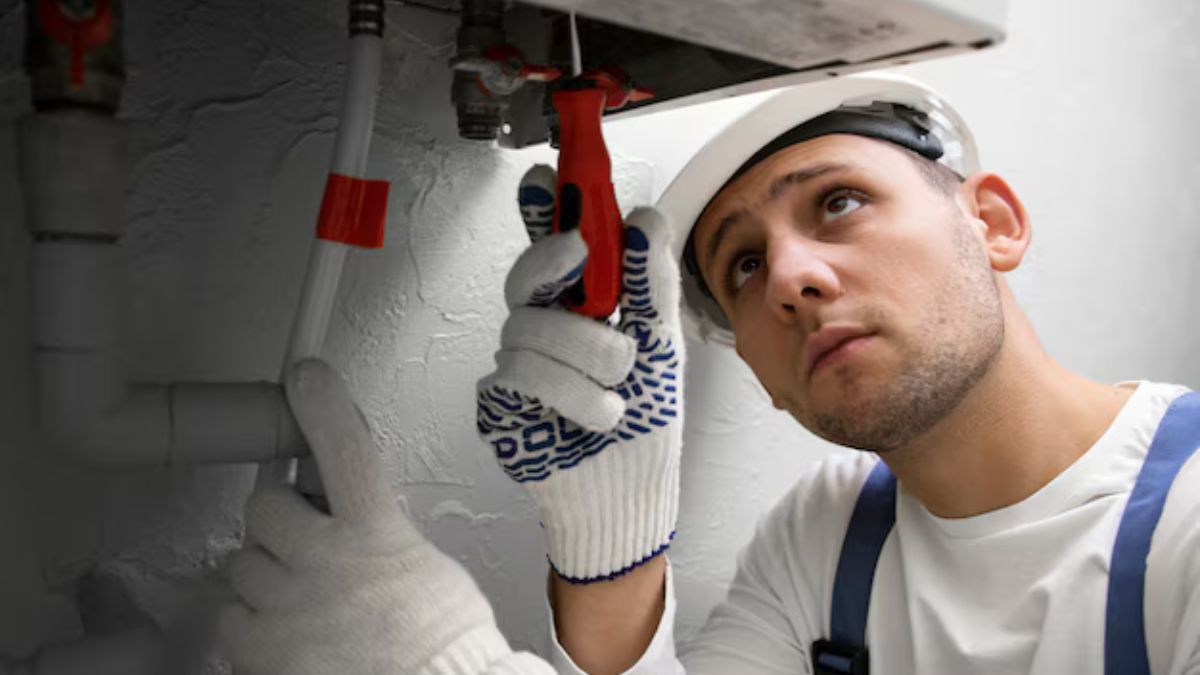Landing an aircraft smoothly and safely requires a precise orchestration of tools and teamwork. Ground control teams are critical in ensuring that each landing is executed flawlessly, using specialized equipment designed to manage and guide aircraft efficiently. These tools are critical for ensuring airport safety, efficiency, and operational readiness. Here are five crucial tools every ground control team needs for landing aircraft.
1. Advanced Ground Radar Systems
Ground radar systems are critical for tracking and controlling aircraft movements on the ground, especially during landing operations. These advanced technologies allow ground control teams to precisely coordinate landings by providing real-time data on the position, velocity, and direction of aircraft. Even in bad weather or with limited sight, advanced ground radar systems can identify and track airplanes using high-frequency radar signals. In order to safely direct pilots to their assigned landing spots, this guarantees that ground control crews have reliable information. Radar systems are essential for contemporary airports because of their ability to integrate with other airport technology, which further improves situational awareness and operational efficiency.
2. Communication and Navigation Aids
Effective communication is essential in aviation, particularly during the landing phase. Communication and navigation aids include radios, transponders, and navigational beacons, which allow pilots and ground control teams to communicate seamlessly. Radios enable real-time voice communication, allowing ground controllers to provide pilots with critical landing instructions and updates. Transponders improve situational awareness by sending identifying and altitude information about an aircraft to ground control. Pilots can stay on the right flight path by using navigational beacons, such as the Instrument Landing System (ILS) and VHF Omnidirectional Range (VOR), which provide accurate guidance during approach and landing. These tools work together to ensure a consistent and clear flow of information, which is critical for safe and efficient landings.
3. Runway Lighting Systems
For safe landings, particularly at night or in inclement weather, runway lighting systems are essential. These systems provide pilots with visual aids by outlining the runway, taxiways, and approach routes with a variety of lights. While threshold lights designate the start and finish of the usable runway surface, runway edge lights delineate the borders of the runway. Approach illumination systems aid pilots in properly aligning their aircraft during the final approach by extending beyond the runway threshold. Precision Approach Path Indicators (PAPI) provide visual glide slope guidance to ensure pilots descend at the proper angle. These lighting systems are meticulously maintained and regularly inspected to ensure optimum efficiency, as they are critical for safe and accurate landings.
4. Aircraft Towing and Positioning Equipment
Aircraft towing and positioning equipment are critical for maneuvering aircraft on the ground, especially following landing. This equipment, which is used to move and secure aircraft safely and effectively, comprises wheel chocks, tow tractors, and tow bars. Tow tractors, also known as aircraft tugs, are large vehicles used to transport aircraft from the runway to a parking area or gate. Tow bars provide accurate control during towing operations by connecting the tug to the aircraft’s nose gear. When an airplane is parked, wheel chocks are positioned around its wheels to stop it from moving accidentally. Furthermore, an axle jack can be useful when ground control teams need to perform maintenance or inspections on an aircraft’s landing gear.
By guaranteeing that aircraft are positioned accurately and securely, this equipment helps to facilitate smooth ground operations and avoids damage or accidents.
5. Weather Monitoring and Reporting Systems
For safe landing operations, accurate weather information is essential. Real-time information on atmospheric conditions, such as temperature, precipitation, visibility, wind direction, and speed, is provided through weather monitoring and reporting systems. To collect thorough weather data, these systems combine radar, satellite, and ground-based sensor technologies. Ground control teams use this data to make informed decisions about landing procedures, runway selection, and aircraft separation. Advanced weather monitoring systems can also detect hazardous conditions like wind shear, turbulence, and icing, allowing ground controllers to send pilots timely warnings.
By providing a detailed and up-to-date picture of the weather, these systems help ensure that landings are carried out safely and efficiently, regardless of the conditions.
Conclusion
In conclusion, the tools used by ground control teams are critical to the safe and efficient landing of aircraft. Advanced ground radar systems, communication and navigation aids, runway lighting systems, aircraft towing and positioning equipment, and weather monitoring and reporting systems are all critical components of this complex process. Each tool helps to improve the overall safety and effectiveness of airport operations, ensuring that aircraft land smoothly and securely. By leveraging these advanced technologies and equipment, ground control teams can manage landing operations with precision and confidence, safeguarding both passengers and aircraft.











